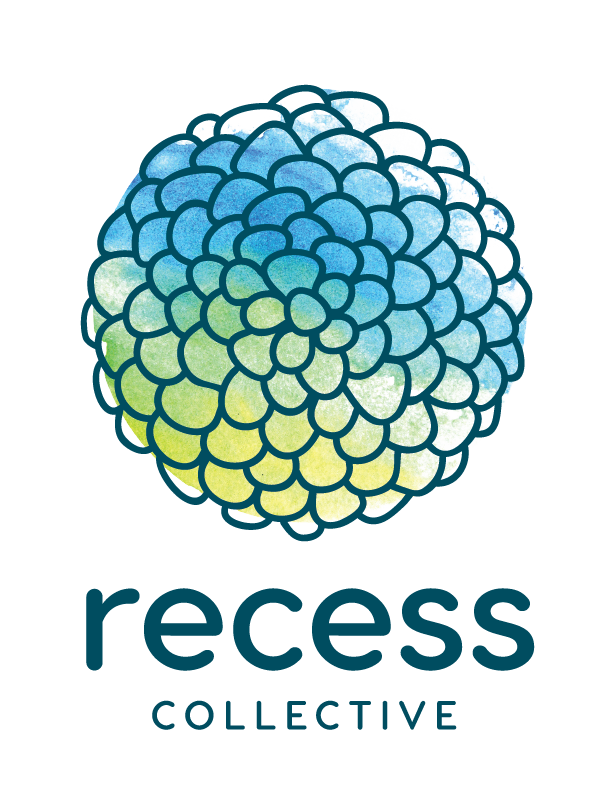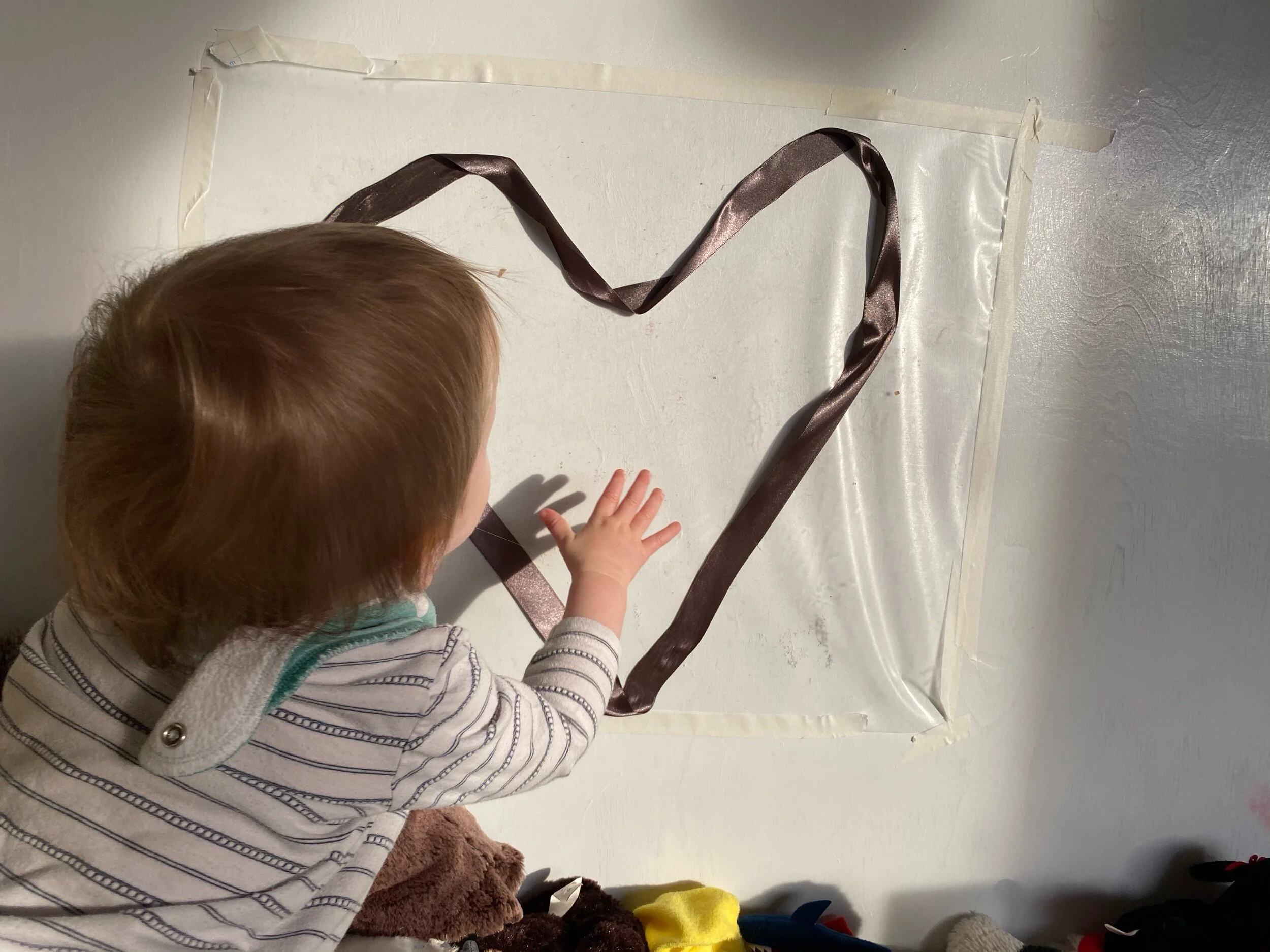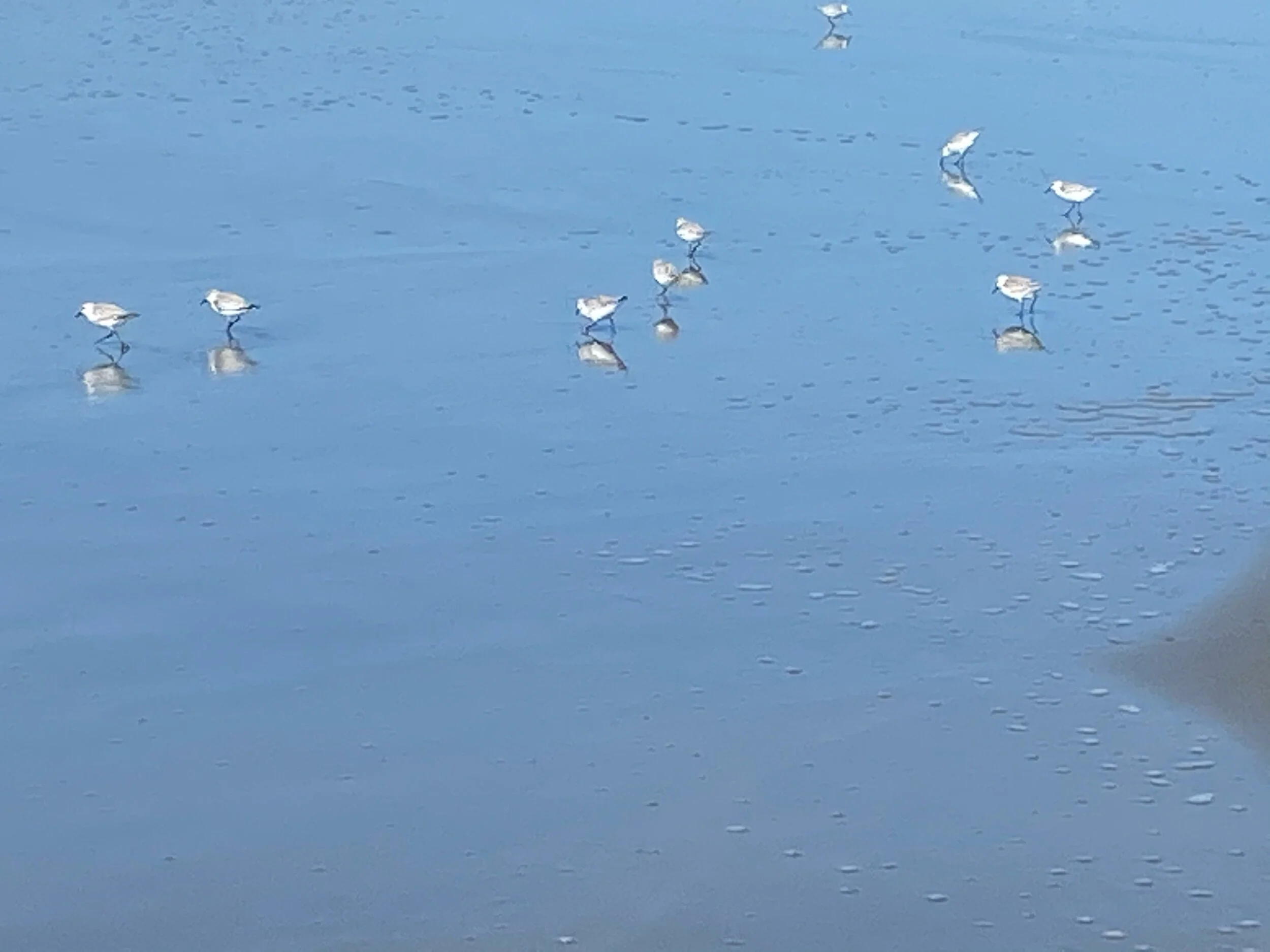I’m often asked what activities, exercises or workouts are safe for diastasis recti, a common pregnancy-induced condition in which the rectus abdominis (the “6-pack muscles”) split apart due to the pressure of the growing baby. The most conservative data suggests diastasis recti affects over 60% of women following a first-time, singleton pregnancy. It’s not a tear, but a sideways stretch of connective tissue that weakens the core and compromises support for the back, the pelvic floor and the organs. In addition to the cosmetic impact (diastasis recti tends to leave women with a “pooch” that can linger years and even decades after delivery), this condition carries very real health implications, including back pain, urinary stress incontinence, and pelvic floor dysfunction. Ready for some good news? You can fully resolve diastasis recti without surgery! In addition to The Dia Method core and total body workouts, which are proven to resolve diastasis recti postnatally in less than 12 weeks, I’d like to provide some pointers for you when considering other activities so you can avoid exacerbating (or causing!) abdominal separation.
First of all, know that I am a lover of movement and activity. I encourage you to do whatever activities/exercise/workouts you enjoy, but with mindfulness and appropriate modifications when necessary to keep your core safe. You really can lead a very active life with and after resolving diastasis recti – but those activities must be done in such a way to make them safe for diastasis recti and to support your overall core health and function.
So… what are the questions you need to ask yourself while playing tennis? While participating in your favorite barre/yoga/boot camp class? While doing dance aerobics or swimming? It doesn’t matter what activity it is – the questions to help you determine whether that movement is safe for diastasis recti are universal. Here they are:
Am I able to perform this movement/posture/exertion with my abs perfectly engaged to the spine? If not, you need to skip or modify that movement to make it safe for diastasis recti.
Does anything that I’m doing cause my abs to bulge forward? Does it exert downward, outward or bulging pressure on my pelvic floor? If the answer is yes to either question, can I consciously avoid that or is it beyond my control? If beyond your control, you need to skip or modify that movement.
Does the movement involve lifting my shoulders off the floor from a back-lying position? If so, modify that exercise to keep your shoulders down and your abs engaged toward the spine.
Does the movement involve lifting both legs off the floor from a back-lying position? If it does, can I keep my spine neutral and my abs totally flat throughout the complete range of motion? The answer is probably no – this is too demanding for most humans, even very strong ones, to perform while keeping the abs and the back safe. Assuming you are not an Olympic gymnast with truly exceptional core strength, you can make this class of movement safe for diastasis recti by lifting only one leg at a time and keeping your hands on your abs to monitor proper engagement.
Am I moving too quickly or too globally (burpees or mountain climbers, for example) to know whether or not my core is correctly engaged? If you can’t tell whether you are engaging the abs in a convex (bulging = injurious) or concave (flattening = safe for diastasis recti) direction, then you need to slow down that movement or otherwise modify/break it down to perform it with control and vigilance.
Can I exhale and draw my belly toward the spine on every exertion? For example, when hitting a backhand, you should exhale and squeeze your belly button to the spine. Same with any lift (free weight/body weight/kettle bell/resistance machine/groceries/your children), a golf stroke, a row, a paddle…
A word about backbends (especially geared toward yogis and dancers/gymnasts): a full wheel backbend, or any other extreme spinal extension and lengthening of the upper abdominal wall, will almost certainly exacerbate (or even cause!) diastasis recti. This stretch is essentially impossible to perform while keeping the belly button anchored to the spine and without flaring the lower ribcage, which opens the upper abdominal muscles. Please avoid this category of stretches to prevent injury. For an alternative that’s safe for diastasis recti, perform a gentle bridge pose or a modified cobra, which I coach you through at the end of the Firm, Flat and Fabulous workout.
While performing aerobic activity, such as running, brisk walking, biking, swimming, dancing, other cardio, these are your most important self-checks:
- Can I maintain neutral spine (no ribs thrusting / butt sticking out / tucking the pelvis under) throughout the range of motion?
- Can I draw my abs “up and in” toward the spine with every exhalation? (The abs will need to soften and relax on inhalation to allow adequate oxygen uptake –but never bulge forcefully forward.)
- Additionally, if your cardio of choice involves impact (such as running or jumping), closely monitor your pelvic floor: do you feel downward or bulging pressure? Do you leak a little? If so, please take a break from that activity and focus on core strengthening exercises that are safe for diastasis recti. Switch to no or low-impact cardio (like cycling, swimming or walking) for a few weeks or months, until you have the core strength and control to resume running or other high impact workouts without stressing your pelvic floor.
Following these tips is a great place to start for preventing and resolving diastasis recti. Of course with the variety of activity in our everyday lives, questions are bound to arise. Our members-only Facebook group is an active discussion forum where many interesting questions and inspiring events are discussed, yet we find that many conversations circle back to these 8 tips related to mindful movement and your core.
Just remember: There is no shortcut to self-awareness. I don’t provide a “complete” list of safe or not-safe diastasis recti movements because that’s not actually helpful. The moment you assume something is “safe” and stop monitoring your own body while performing it, you open yourself up to possible injury, even if the move itself is not inherently unsafe for diastasis recti. One person might be able to perform a full plank on the floor with perfect core engagement; another might not have the strength or coordination to do so (yet).
The Dia Method workouts offer a comprehensive program to resolve DR and achieve optimal health and fitness. Our private FB group is a safe place (free of advertising or solicitations) for Dia members to gain support from not just me, but a wonderful community of women sharing similar experiences. Join us today to restore your core, transform your body, and learn more about what exercises are safe for diastasis recti!
By Leah Keller, Creator of The Dia Method. Learn more about Leah at leahkeller.com.











